Home>Gardening & Outdoor>Landscaping Ideas>Why Is Grass Seed Not Growing
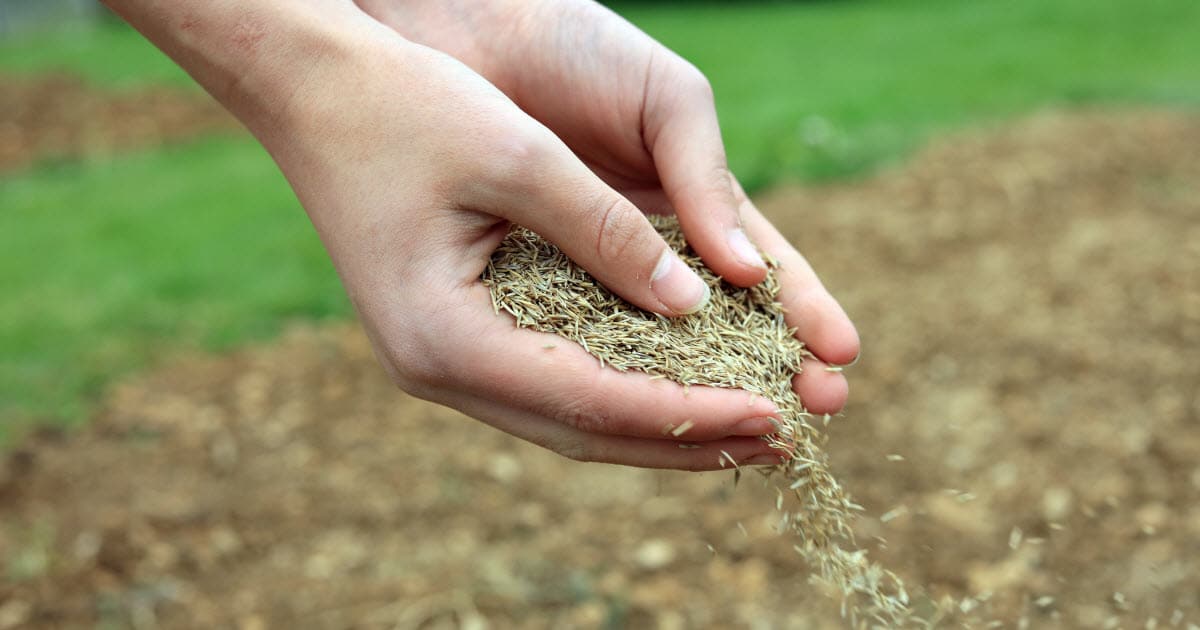

Landscaping Ideas
Why Is Grass Seed Not Growing
Modified: August 20, 2024
Discover the reasons why grass seed may not be growing and get expert landscaping ideas to ensure successful growth. Learn how to troubleshoot and improve your lawn with our comprehensive guide.
(Many of the links in this article redirect to a specific reviewed product. Your purchase of these products through affiliate links helps to generate commission for Storables.com, at no extra cost. Learn more)
**
Introduction
**
Planting grass seed can be an exciting endeavor, promising a lush and vibrant lawn to enhance the beauty of your outdoor space. However, the frustration of seeing little to no progress in the growth of your grass seed can be disheartening. If you've found yourself wondering, "Why is my grass seed not growing?" you're not alone. Understanding the factors that influence grass seed growth is crucial for achieving successful results.
In this comprehensive guide, we will delve into the various elements that can impact the growth of grass seed, common mistakes made during the planting process, and environmental conditions that play a pivotal role in nurturing healthy grass growth. Additionally, we will explore effective solutions for overcoming challenges associated with grass seed growth, empowering you to transform your lawn into a verdant oasis. So, let's embark on this enlightening journey to unravel the mysteries of grass seed growth and cultivate a thriving, green landscape.
Key Takeaways:
- Choosing high-quality grass seed and preparing the soil properly are crucial for successful growth. Consistent watering and monitoring environmental conditions are essential for nurturing a vibrant and resilient lawn.
- Avoid common mistakes like improper seed depth and inconsistent watering to overcome challenges in grass seed growth. Implementing effective solutions, such as enhancing seed-to-soil contact and selecting the right seed, can lead to a thriving and inviting landscape.
Read more: Why Is My Grass Seed Not Growing
Understanding the Factors Affecting Grass Seed Growth
Several factors can influence the successful germination and growth of grass seed. Understanding these elements is essential for fostering an environment conducive to healthy and robust lawn development. Here are the key factors that impact grass seed growth:
- Quality of Seed: The quality of the grass seed you use significantly affects its growth potential. Opt for high-quality seeds that are free from weeds, diseases, and other impurities. Additionally, choosing the right type of grass seed for your specific climate and soil conditions is crucial for successful growth.
- Soil Preparation: Proper soil preparation is paramount for facilitating the germination and establishment of grass seed. Ensure that the soil is well-aerated, free from debris, and possesses the necessary nutrients for healthy growth. Conduct a soil test to determine its pH level and nutrient composition, making any required amendments to create an optimal growing environment.
- Watering: Adequate and consistent watering is vital for supporting grass seed germination and early growth stages. However, overwatering can lead to waterlogged conditions, suffocating the seeds and impeding their growth. Striking the right balance in watering practices is essential for promoting healthy root development and overall plant vigor.
- Sunlight: Grass seed requires sufficient sunlight to undergo photosynthesis, a process vital for producing energy and promoting growth. Ensure that the planting area receives the appropriate amount of sunlight based on the grass species being cultivated. Some grass varieties thrive in full sun, while others are more tolerant of shade.
- Temperature: The temperature of the environment plays a crucial role in determining the success of grass seed germination. Different grass species have specific temperature requirements for optimal growth. Understanding the temperature preferences of the grass seed you are planting is essential for providing the ideal conditions for germination and establishment.
By comprehensively understanding and addressing these factors, you can lay a solid foundation for promoting the successful growth of grass seed, setting the stage for a vibrant and resilient lawn.
Common Mistakes in Planting Grass Seed
While the process of planting grass seed may seem straightforward, several common mistakes can hinder the successful germination and growth of the seeds. Identifying and rectifying these pitfalls is crucial for achieving a flourishing lawn. Here are some prevalent mistakes to avoid:
- Improper Seed Depth: Planting grass seeds at an incorrect depth can impede their ability to germinate and emerge from the soil. Shallow planting may leave the seeds vulnerable to drying out, while excessively deep planting can prevent them from reaching the surface. Following the recommended seeding depth for the specific grass species is essential for optimal germination.
- Inadequate Seed-to-Soil Contact: Insufficient contact between the grass seeds and the soil can hinder germination. Failing to ensure proper seed-to-soil contact may result in poor germination rates and uneven growth. Utilizing a lawn roller or gently raking the seeds into the soil can improve contact, promoting successful germination.
- Overcrowding: Over-seeding or crowding the grass seeds can lead to competition for resources, ultimately stunting their growth. Adhering to the recommended seeding rates for your chosen grass species is essential for preventing overcrowding and fostering healthy growth.
- Inconsistent Watering: Irregular or inadequate watering practices can significantly impact the germination and establishment of grass seeds. Failing to provide consistent moisture can lead to uneven germination and patchy growth. Implementing a consistent watering schedule, especially during the critical early stages, is vital for promoting uniform seed germination and robust growth.
- Neglecting Soil Preparation: Inadequate soil preparation can hinder the ability of grass seeds to establish strong root systems and access essential nutrients. Neglecting to address soil compaction, poor drainage, or nutrient deficiencies can impede the overall growth and vitality of the grass. Thoroughly preparing the soil by aerating, amending, and leveling the planting area sets the stage for successful seed germination and growth.
By steering clear of these common mistakes and implementing best practices for planting grass seed, you can pave the way for a thriving and resilient lawn that enhances the beauty of your outdoor space.
Make sure the soil is not too compacted. Loosen the top layer before planting the grass seed to help it establish roots. Keep the soil consistently moist, but not waterlogged, and be patient as it can take some time for the grass seed to germinate and grow.
Environmental Conditions that Affect Grass Seed Growth
The environmental conditions in which grass seed is planted play a pivotal role in determining its germination and subsequent growth. Understanding and optimizing these conditions is essential for nurturing healthy and resilient grass growth. Here are the key environmental factors that influence grass seed germination and establishment:
- Temperature: The temperature of the planting environment profoundly impacts the germination and growth of grass seed. Different grass species have specific temperature requirements for optimal germination. Cool-season grasses, such as fescue and ryegrass, thrive in cooler temperatures, while warm-season varieties, like Bermuda grass and Zoysia grass, require warmer conditions for successful growth.
- Moisture: Adequate moisture is critical for supporting grass seed germination and early growth. Insufficient moisture can impede germination, while excessive moisture levels can lead to seed rot and fungal diseases. Striking the right balance by providing consistent and moderate moisture is essential for promoting healthy seedling development.
- Sunlight: Sunlight is a fundamental requirement for the photosynthesis process, enabling plants to produce energy and grow. Understanding the sunlight preferences of the specific grass species being cultivated is essential for determining the ideal planting location and ensuring proper light exposure for successful growth.
- Soil Composition: The composition and quality of the soil directly impact the germination and establishment of grass seed. Well-draining soil that is rich in organic matter and essential nutrients creates a favorable environment for healthy root development and robust growth. Conducting a soil test and amending the soil as needed can optimize the conditions for successful grass seed growth.
- Air Circulation: Adequate air circulation is crucial for preventing fungal diseases and promoting overall plant health. Planting grass seed in areas with good air movement helps reduce the risk of disease and ensures that the developing seedlings receive the oxygen they need for vigorous growth.
By attentively considering and managing these environmental conditions, you can create an optimal setting for the germination and growth of grass seed, fostering the development of a vibrant and resilient lawn.
Solutions for Overcoming Grass Seed Growth Challenges
Addressing the challenges associated with grass seed growth is essential for fostering a thriving and verdant lawn. By implementing effective solutions, you can overcome obstacles and create an environment conducive to successful germination and robust growth. Here are practical solutions for overcoming common grass seed growth challenges:
- Selecting High-Quality Seed: Opt for high-quality grass seed that is well-suited to your specific climate and soil conditions. Choosing certified seeds that are free from impurities and weed seeds sets the stage for successful germination and healthy growth.
- Proper Seeding Depth: Follow the recommended seeding depth for the specific grass species you are planting. Ensuring that the seeds are planted at the appropriate depth promotes optimal germination and emergence from the soil.
- Enhancing Seed-to-Soil Contact: Improve seed-to-soil contact by gently raking the seeds into the soil or utilizing a lawn roller. This facilitates better germination rates and supports uniform seedling emergence.
- Consistent Watering: Establish a consistent watering schedule to provide adequate moisture for germinating seeds and young seedlings. Avoid overwatering, which can lead to waterlogged conditions, and ensure that the soil remains consistently moist but not saturated.
- Optimizing Soil Conditions: Conduct a soil test to assess the pH level and nutrient composition of the soil. Make any necessary amendments, such as adding organic matter or adjusting the pH, to create an optimal growing environment for grass seed.
- Monitoring Environmental Factors: Pay close attention to environmental conditions such as temperature, sunlight, and air circulation. Ensure that the planting area meets the specific requirements of the grass species being cultivated, providing the ideal conditions for successful growth.
- Implementing Proper Maintenance: Once the grass seed has germinated, adhere to proper maintenance practices, including mowing at the recommended height, fertilizing as needed, and addressing any weed or pest issues promptly. This supports the ongoing health and vigor of the developing lawn.
By proactively addressing these challenges and implementing the recommended solutions, you can cultivate a lush and resilient lawn, transforming your outdoor space into a vibrant and inviting landscape.
Read more: Why Does Crab Grass Grow
Conclusion
Embarking on the journey of planting and nurturing grass seed is a rewarding endeavor that holds the promise of transforming your outdoor space into a lush and vibrant landscape. By gaining a comprehensive understanding of the factors influencing grass seed growth, identifying common mistakes to avoid, and optimizing environmental conditions, you can pave the way for successful germination and robust growth.
Ensuring that you select high-quality seed, prepare the soil meticulously, and provide consistent and appropriate care throughout the growth process are essential steps in nurturing a healthy and resilient lawn. By addressing challenges such as improper seeding depth, inadequate seed-to-soil contact, and inconsistent watering, you can overcome obstacles and set the stage for a thriving lawn that enhances the beauty of your surroundings.
Remember to monitor environmental factors such as temperature, moisture, sunlight, and air circulation, tailoring the growing conditions to meet the specific requirements of the grass species being cultivated. Implementing proper maintenance practices once the grass seed has germinated further supports the ongoing health and vigor of your lawn, ensuring its long-term beauty and resilience.
Ultimately, the journey of nurturing grass seed growth is a fulfilling one, offering the opportunity to create a verdant oasis that enriches your outdoor environment. By embracing the knowledge and solutions presented in this guide, you are empowered to overcome challenges and cultivate a thriving lawn that brings joy and natural beauty to your surroundings.
With dedication, attention to detail, and a deep appreciation for the wonders of nature, you can transform your outdoor space into a captivating and inviting haven, where the lush greenery of a healthy lawn flourishes for years to come.
Frequently Asked Questions about Why Is Grass Seed Not Growing
Was this page helpful?
At Storables.com, we guarantee accurate and reliable information. Our content, validated by Expert Board Contributors, is crafted following stringent Editorial Policies. We're committed to providing you with well-researched, expert-backed insights for all your informational needs.
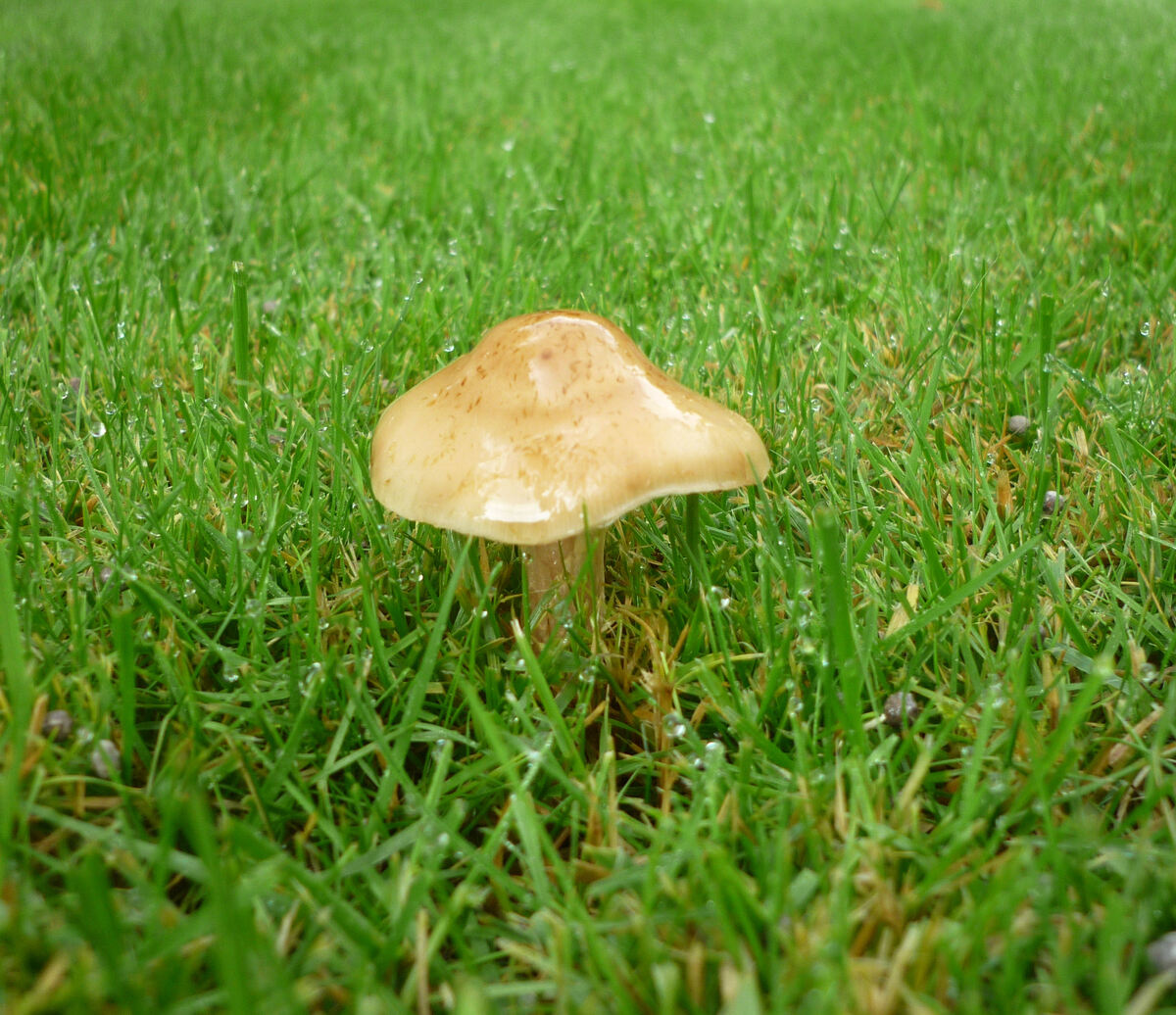

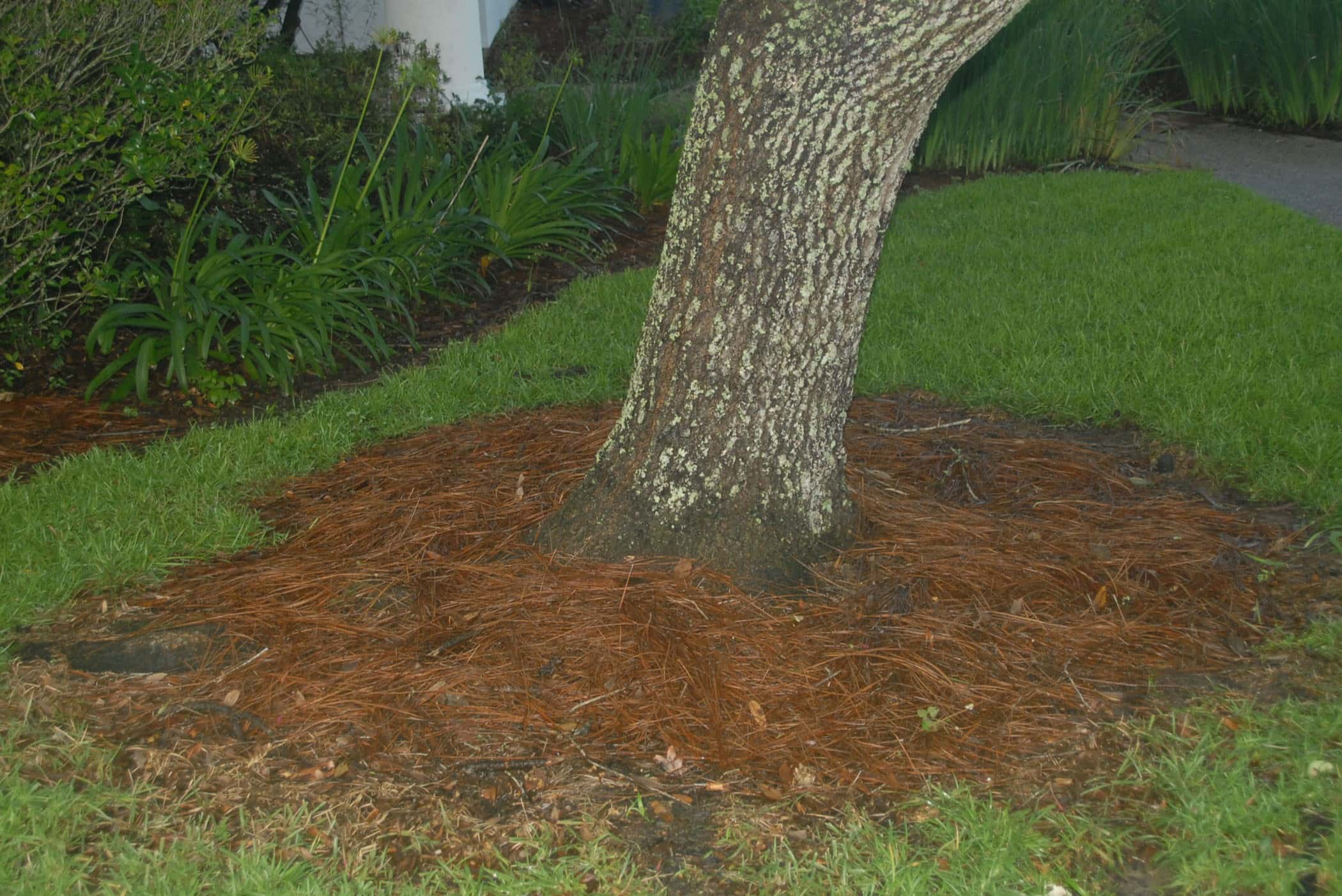

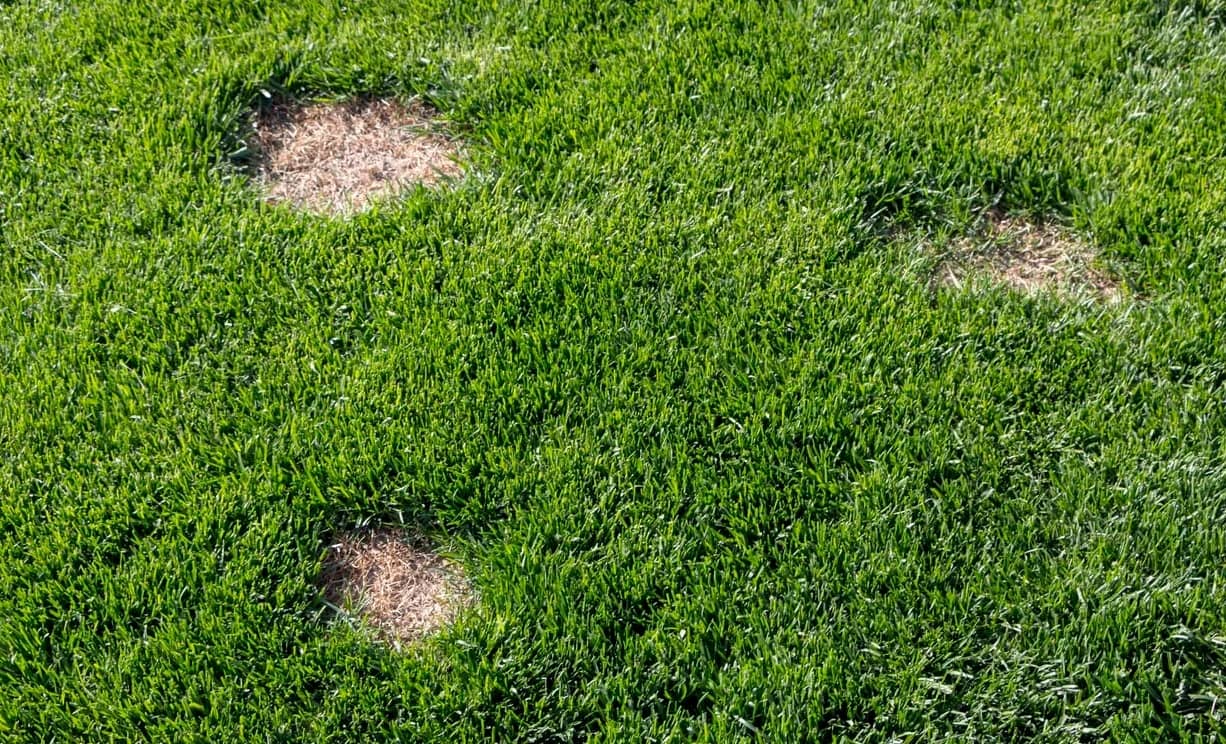
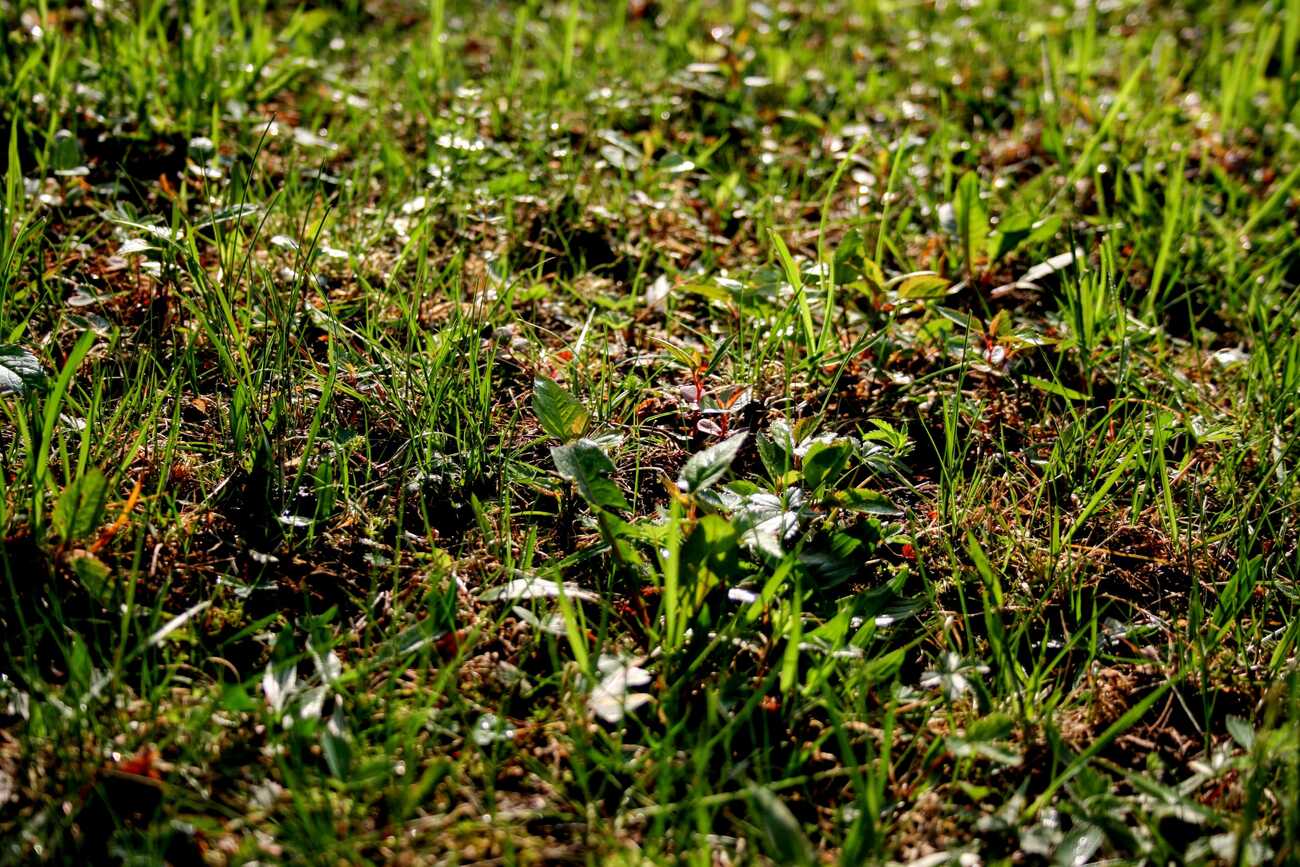
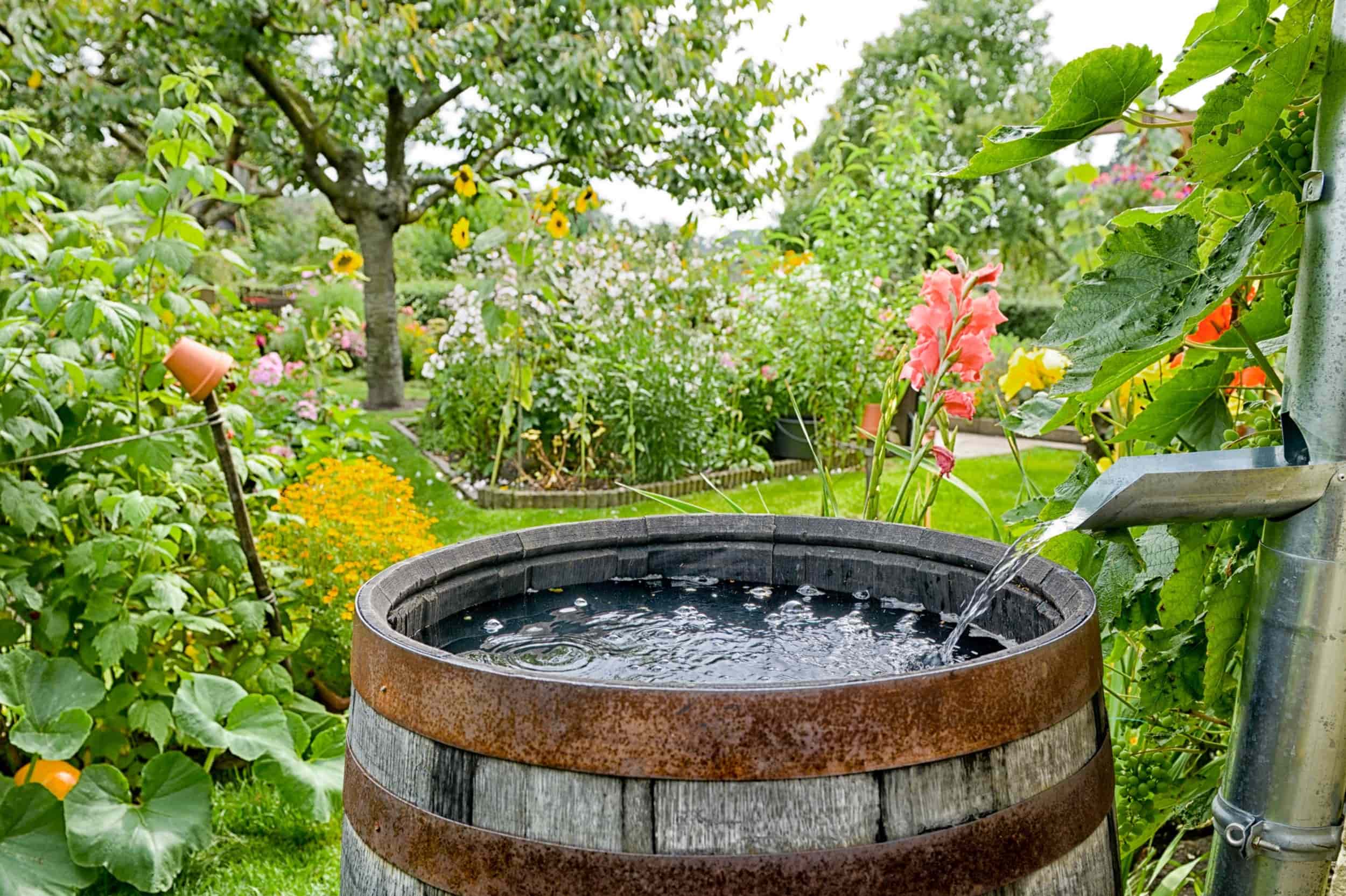
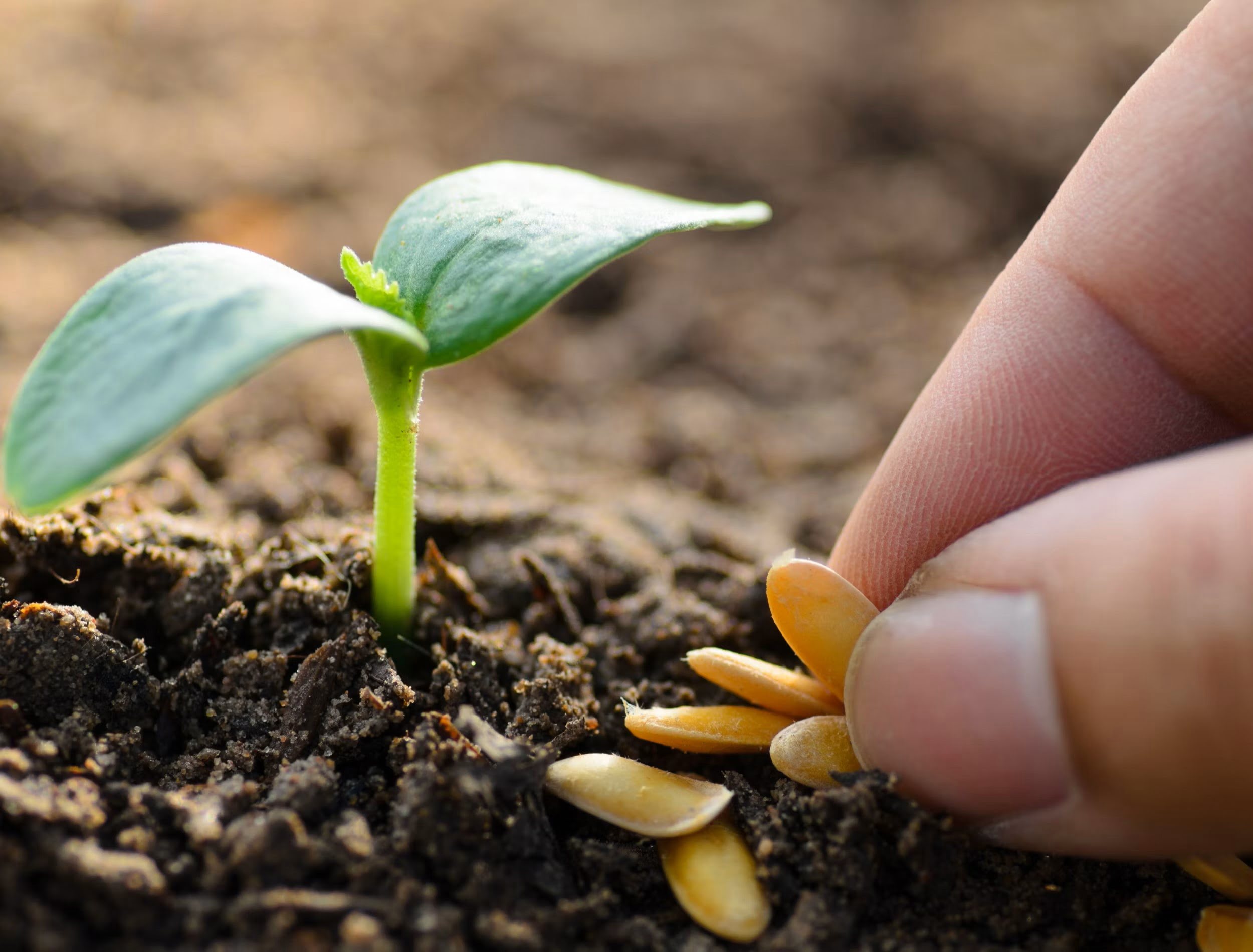

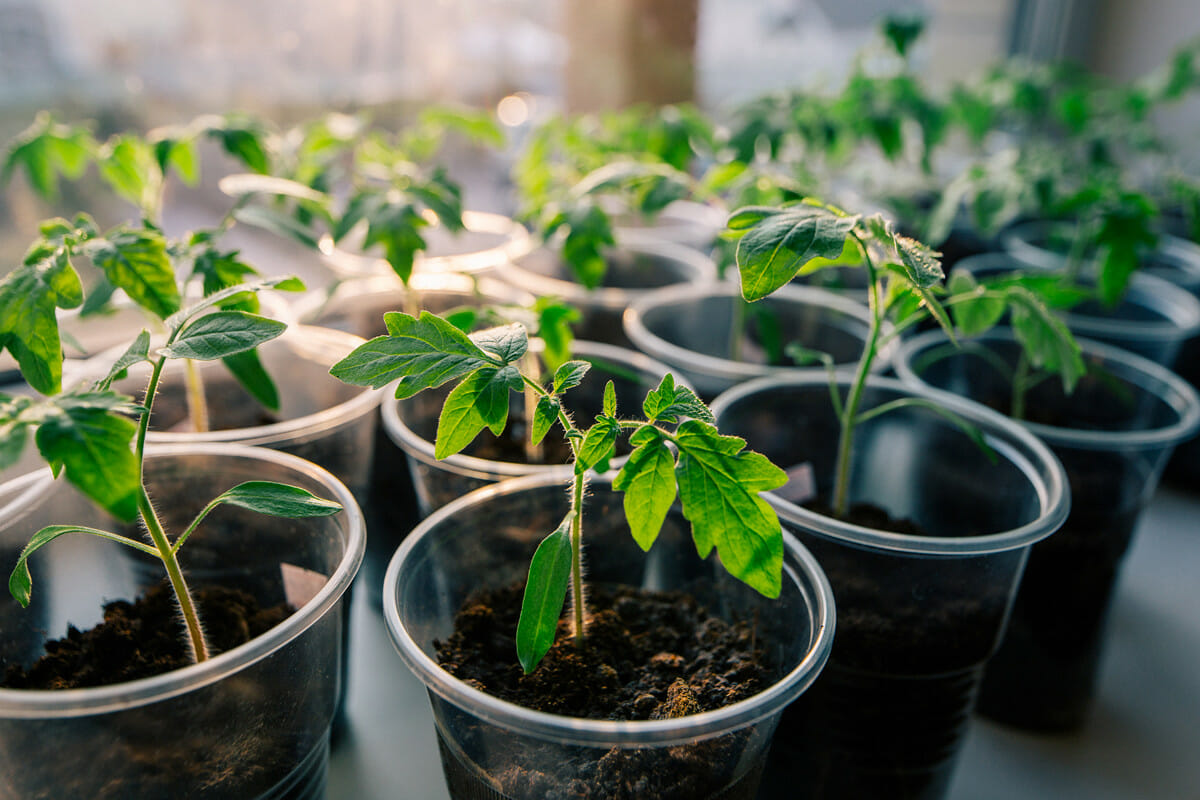
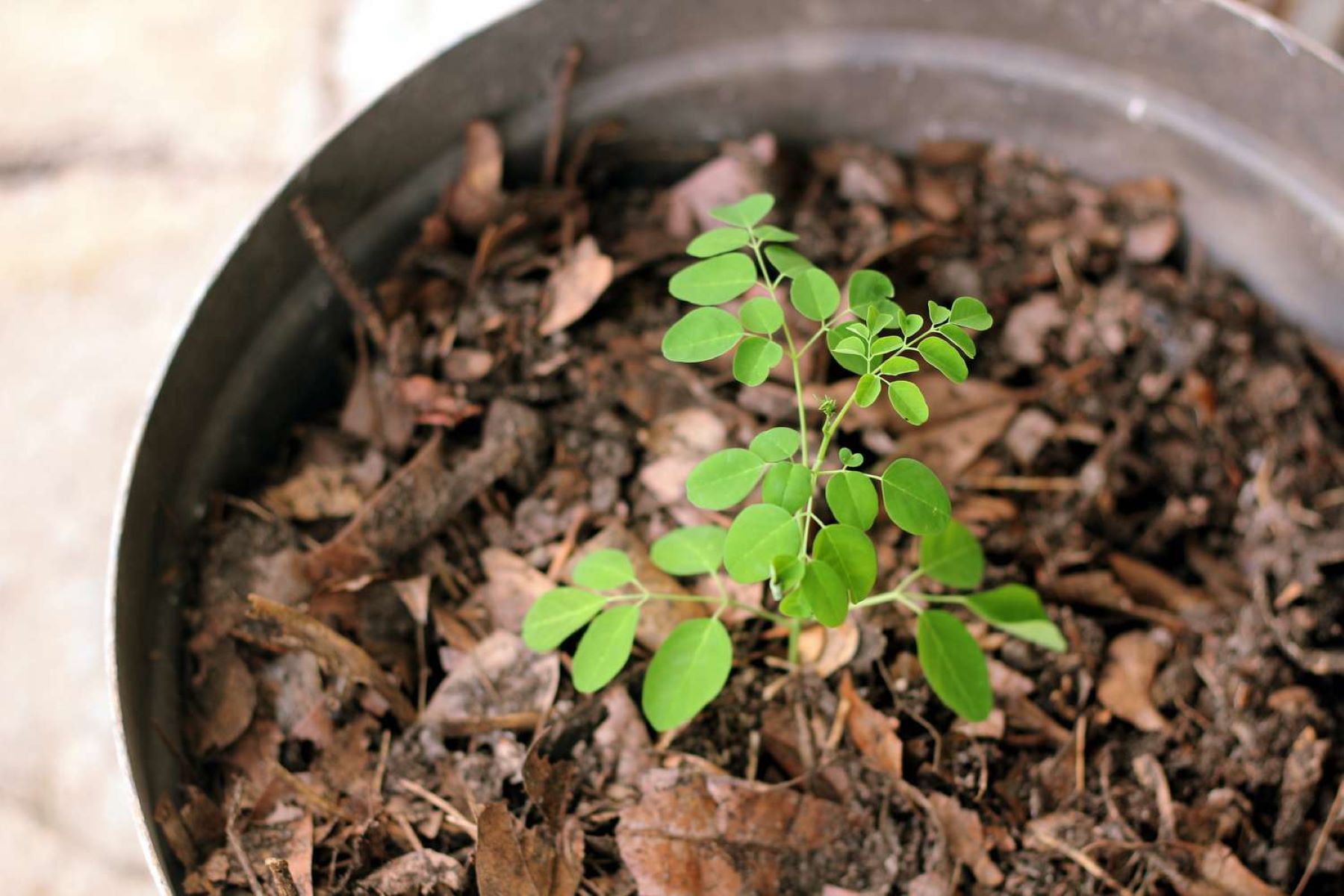
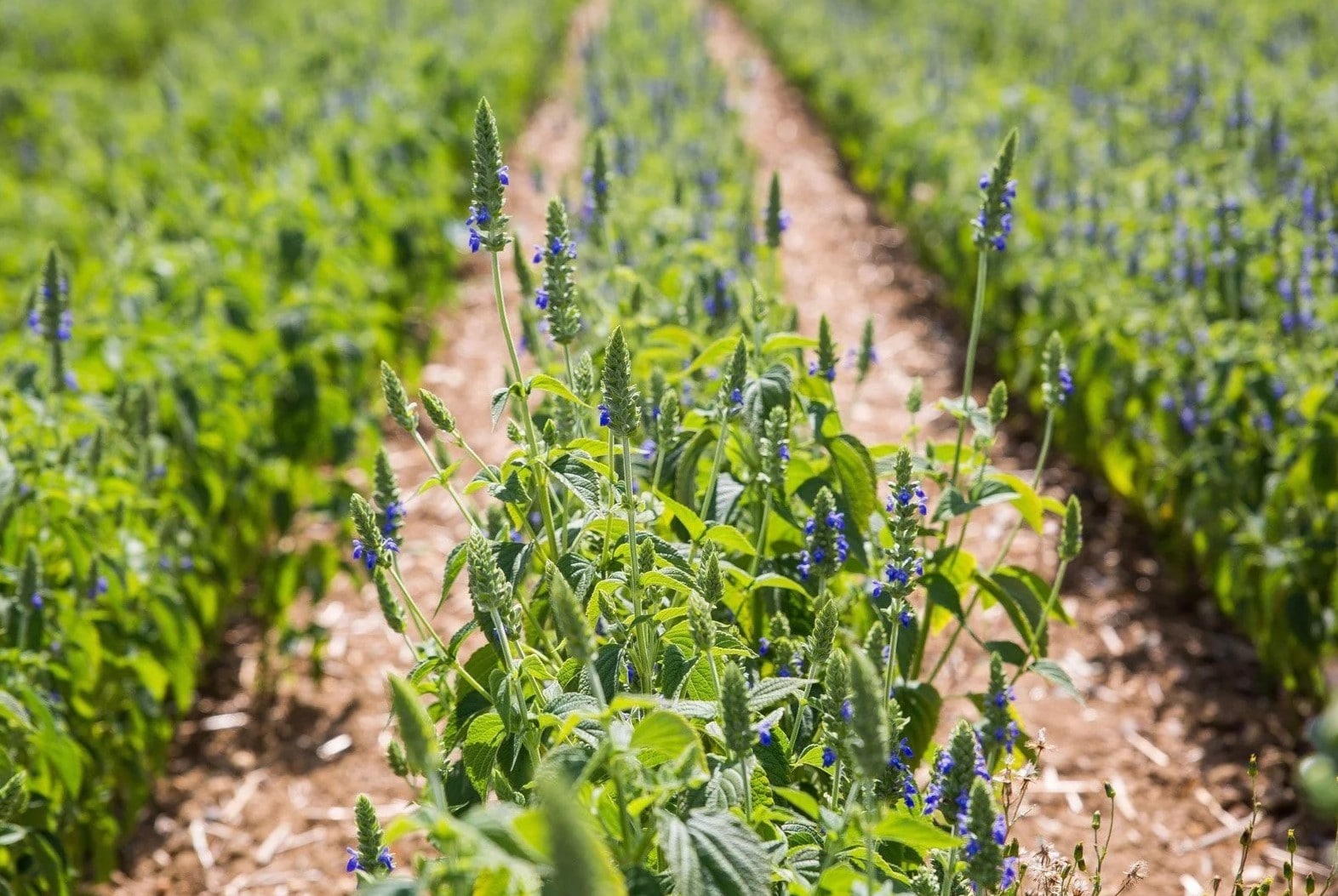

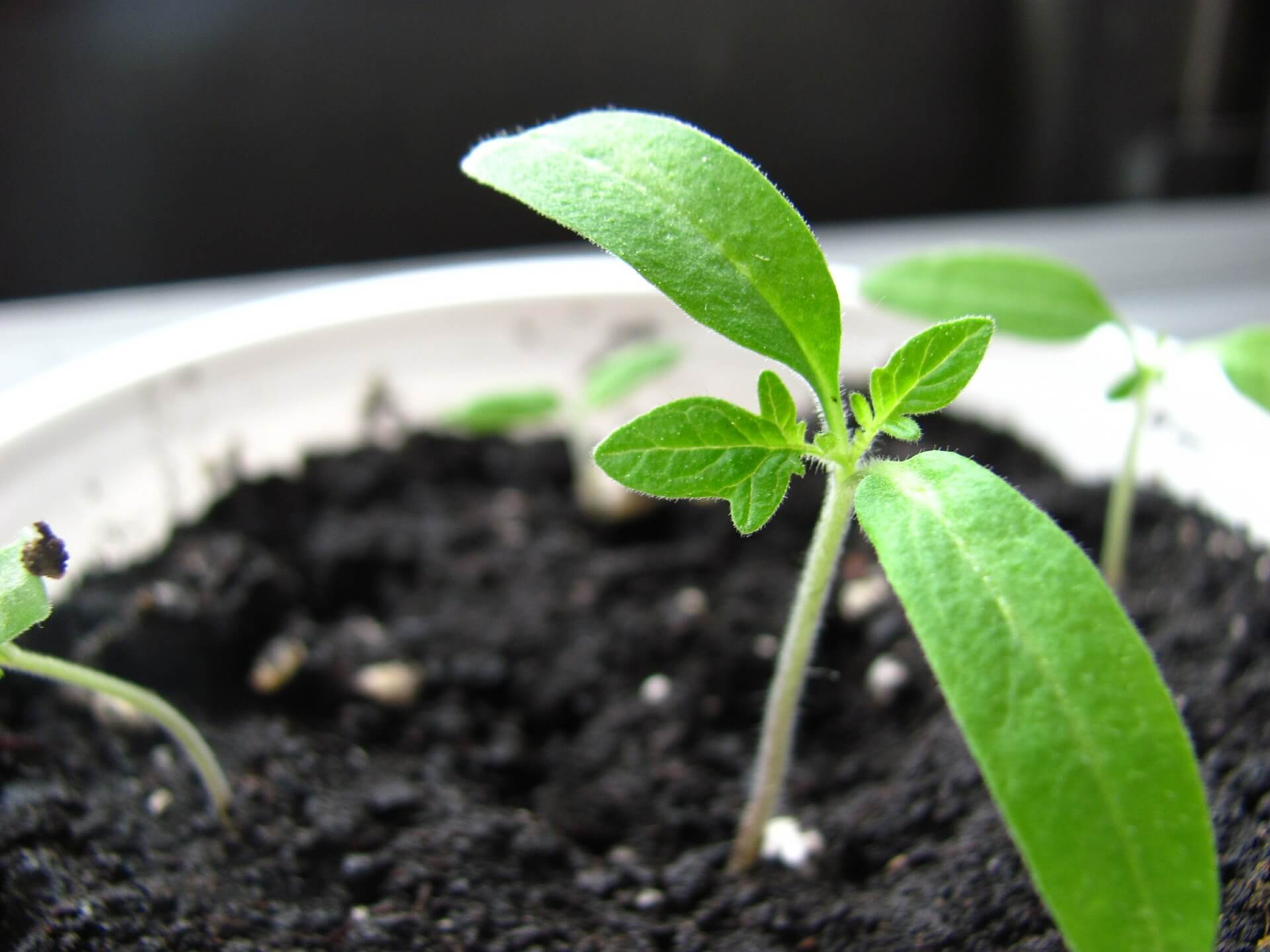

0 thoughts on “Why Is Grass Seed Not Growing”